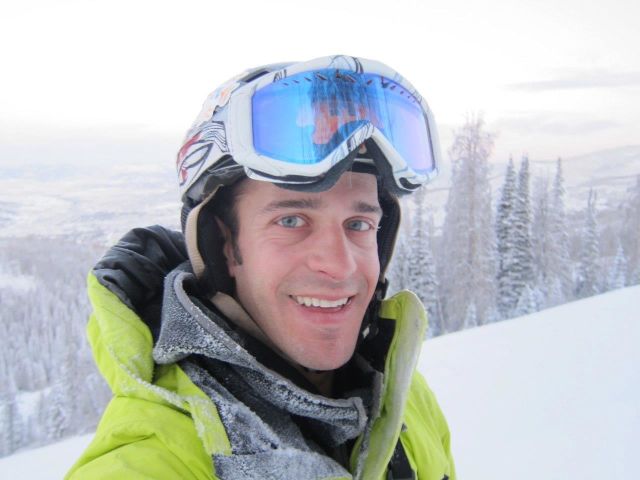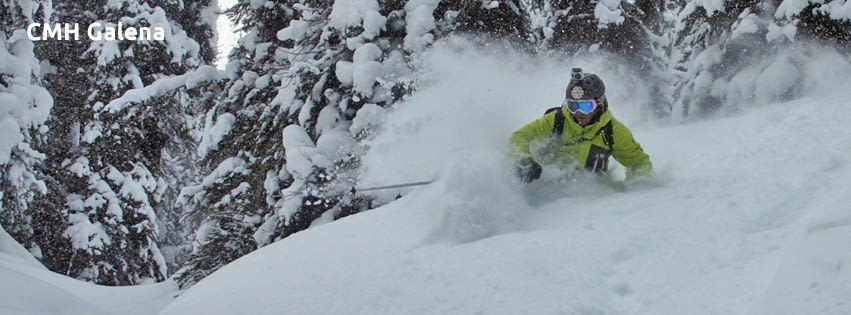It Just Snowed. What Does That Mean for the Season Ahead?

Joel Gratz in his natural habitat.
Joel Gratz is a ski bum's ski bum. He arrived in Colorado with one desire, and that was to ski - and to ski powder - a lot. But he had an ace up his sleeve. Along with his fat skis, he brought with him a degree in meterology from Penn State in 2003. That degree, as well as a Masters in Environmental Studies and an MBA from University of Colorado, led him to create OpenSnow.com, a highly localized online weather reporting service for skiers and snowboarders that focuses on one thing: snow. The site launched in 2011 and is now one the go-to source of information for powder hungry skiers and snowboarders across the state.
It just snowed, what should we take from this most recent storm – a storm that got skiers and snowboarders really excited – does this weather event mean anything for the upcoming season?
This weather event means that we're all a little more excited for winter to come, but it doesn't help us figure out how much snow will fall this winter. High-elevation snow in Colorado in late August is relatively normal.
What do the long-term forecasts say for this year? Should we feel lucky?
There is a potential for a weak to maybe moderate La Nina this season, which can mean above average snow for northern Colorado, including the Vail Valley. However, just about every long-range forecast made at this time last season turned out to be wrong in some way, so I don't put much stock in the 6+ month forecast.

When is a ski bum no longer a ski bum? When they're invited to "test" the product at CMH heliskiing in Canada. Gratz doing some on location work with our neighbors up north. Forecast for the next run? Good, very good.
How do you put together these forecasts, what data sets and other tools are guys like you using?
Long range forecasts are based on the temperature of ocean water around the world. If these water temperatures are well above or below normal, it can alter weather patterns and ultimately the winter storm track over Colorado. You might hear terms like ENSO, PDO, NAO, AMO, and others. These describe fluctuations in water temperatures.
At OpenSnow.com in your reports during the season, you talk about local factors a lot, the direction of the wind, how mountains are oriented, can you shed some light on that type of forecasting and which conditions are most favorable for Vail and Beaver Creek?
For Vail, a wind from the northwest is the best and often brings the most snow. This wind direction funnels air into Vail and the Gore mountains, and this air then rises, cools, and drops snow. For Beaver Creek, the best wind direction for powder is from west. While storms from any direction can bring healthy snowfall to both mountains, northwest for Vail and west for Beaver Creek is often the wind direction that brings the biggest powder days of the season.
If you could make any ski area your home this season, based on weather data and the long-term forecasts, which one would it be?
I like to stay flexible! No matter the long-range forecast, there are usually at least a few good powder days at every mountain, so chasing powder in based on the 3-10 day forecast is what I like to do! Cop-out answer, I know, but it's the truth.






































